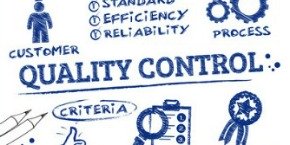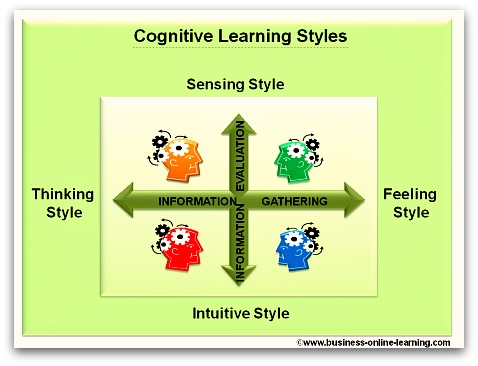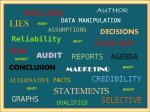Concept Maps Guidelines
Concept maps are techniques are where you bring to paper by drawing up or illustrating your idea, scenario or proposition for a variety of purposes, such as situation analysis, problem-solving, team building, determining priorities, clarifying strategic aims.
There are many methods and some of the most popular I have added here. Basically the three main generalized situations in which you will use these techniques are
- Describing or diagnosing a situation
- Analysing a situation
- Implementing and controlling some change.
| Scenario | Technique |
|---|---|
| Describing and diagnosing Situations prior to Change | Systems Diagram |
| Relationship Diagram | |
| Functional Flow | |
| Analysing Situations | Influence Diagram |
| Information Flow | |
| Force Field Analysis | |
| Story Mapping | |
| Planning and implementing change | Systems map |
| Force Field Analysis | |
| Network Diagrams | |
| CATWOE | |
| Spray Diagram |
Using these techniques can be very beneficial, as they will give a structure to the concept an so allow for greater “Buy-in” from team members and management alike.
Several of the analysis methods will highlight issues that are not typically looked at, but which could alter the progress of any project, see Story maps for example.
For more on Concept Mapping Techniques, check out these pages:
System Diagram: Discover the method of System Diagrams. A Must in any Manager’s personal toolbox.
Information Flow Diagram: Learn what an Information Flow Diagram is, how you can do one and how this can be useful in the intersections between Systems and Processes.
Influence Diagram: Needing that extra insight in a Change Management situation? Check out the concepts in an Influence Diagram and how it can help you avoid those pitfalls.
Story Mapping: Learn how to use Story Writing to gain extra insights into what you are about to do. A fully creative technique that is fun! Check it out!
Forcefield Analysis: Are you trying to change something? Need support in getting that strategy right? Try a Forcefield analysis to learn how best to do this!
CATWOE: Use CATWOE to check out the Goal or the Solution you have defined. Another creative technique that will give you amazing insights. Try it!
Spray Diagram: Use Spray Diagrams to quickly get a overview in a situation, a quick and easy skill to develop. Check it out here!
Relationship Diagram: Do you know where the power sits in your situation? Learn to use Relationship Diagram and you will have the skill to assess these situations adeptly.
Cause and Effect Diagram: Learn what is a Cause and effect diagram or Fishbone Diagram. Learn how they can be useful and how you can utilize this sensible technique to achieve Continuous Improvement.
Pareto Analysis: Try out this excellent technique “the Pareto analysis”. Learn how the technique works and what it could mean for you.
Check Sheets: Benefit from this introduction to Check Sheets and how you can use them. Check Sheets are one of the Seven Basic Tools of Quality. Find out more!
Critical Path: Discover the method of Critical Path Analysis and how this can help you introduce improvements in the work being done.
Control Model: Take this tried and tested method to evaluate and fail-safe any Process. It will help achieve an overview as well as help analyse areas of improvement.
Functional Flow Diagram: Use Functional Flow Diagrams to get an overview of what is to be done. Easy to design and optimal for quick communication of your ideas!
Network Diagram: Adopt this Network Diagram method for the illustration of any network and the activities involved.
Gap Analysis: A Gap Analysis is a basic but extremely effective method of looking at where you are at, where you should be and what the difference is between the two states.
Input-Output: The Input-Output Diagram is the basic method used for many other analysis types, in particular, for Business Process Mapping. Check it out!
Let me know which is your favourite concept map method by commenting below.












 My name is Martha and I have worked for over 30 years in various aspects of business and in various countries, right around the world.
My name is Martha and I have worked for over 30 years in various aspects of business and in various countries, right around the world.